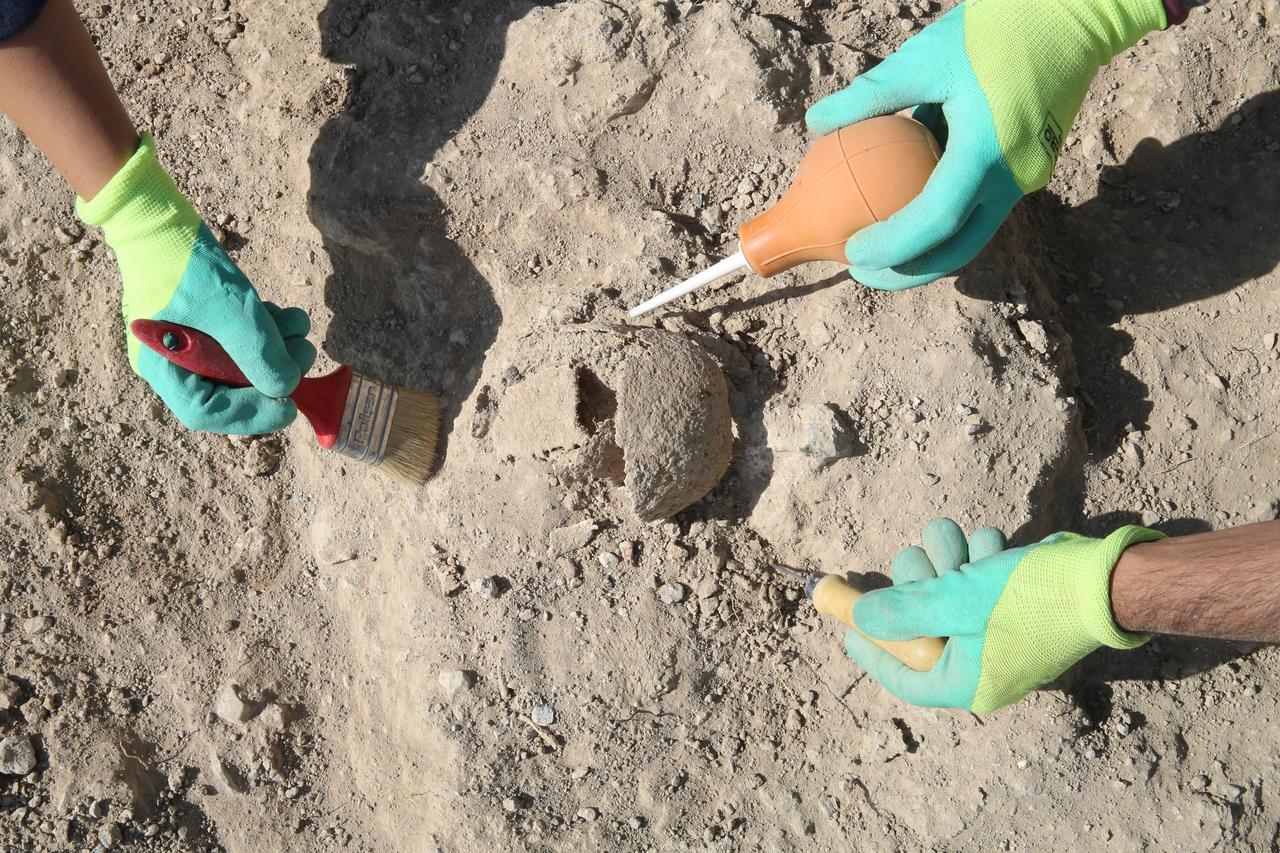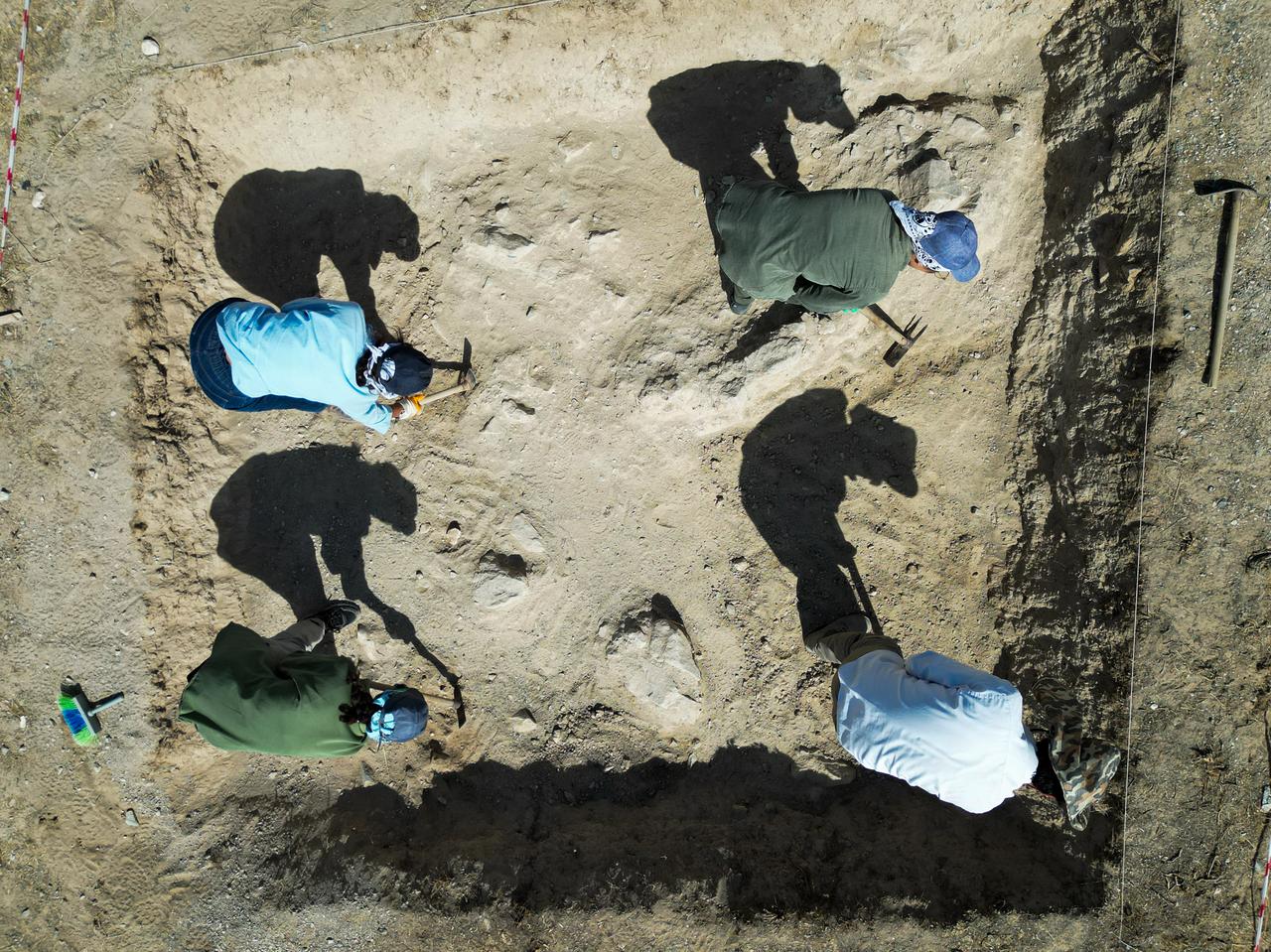
Archaeologists working in eastern Türkiye’s Van province are shedding new light on the social and spiritual life of the Urartian civilization through discoveries made at a large Iron Age necropolis. The site lies just north of Cavustepe Castle, a fortress built by Urartian King Sarduri II in the eighth century B.C.
Excavations have resumed this year under the guidance of Professor Rafet Cavusoglu, who heads the archaeology department at Van Yuzuncu Yil University. The team, operating with the permission of Türkiye’s Culture and Tourism Ministry, is carefully uncovering remains that have been buried for more than 2,700 years. Despite intense heat and difficult working conditions, they continue to reveal significant traces of a society that once thrived in the region.
Among the key findings are human skeletons and ceramic objects believed to belong to the Urartian elite. These remains are helping researchers understand burial customs, family structures, and the possible roles of individuals within the community.

The excavation team has identified more than 50 inhumation burials—where the deceased were laid to rest without cremation—but that is only part of the story.
According to Cavusoglu, the site also includes burials involving cremation and the use of urns, which were typically reserved for children, young women, and middle-aged individuals. The range of burial methods suggests a level of religious and cultural tolerance within the society.
Other graves show individuals buried with animals such as horses and dogs, indicating a symbolic or possibly ritual connection between humans and animals in the afterlife.

One of the season’s most striking discoveries has been the presence of official seals buried with female skeletons. These seals, often associated with administrative authority, suggest that some women held positions of influence within Urartian society.
“In Urartian culture, especially at Cavustepe, women carrying seals show they were part of the ruling class and they had a say in society,” said Cavusoglu. “It is quite intriguing for us that they held decision-making positions.”

Several graves feature joint burials of men and women, a pattern which points to the prevalence of monogamous nuclear family structures rather than large, polygamous households.
Children, too, appear to have held a special place in Urartian culture. Many were buried with jewelry, a sign of affection and status. The presence of ornate objects in child graves adds another layer to researchers’ understanding of family life in the ancient kingdom.